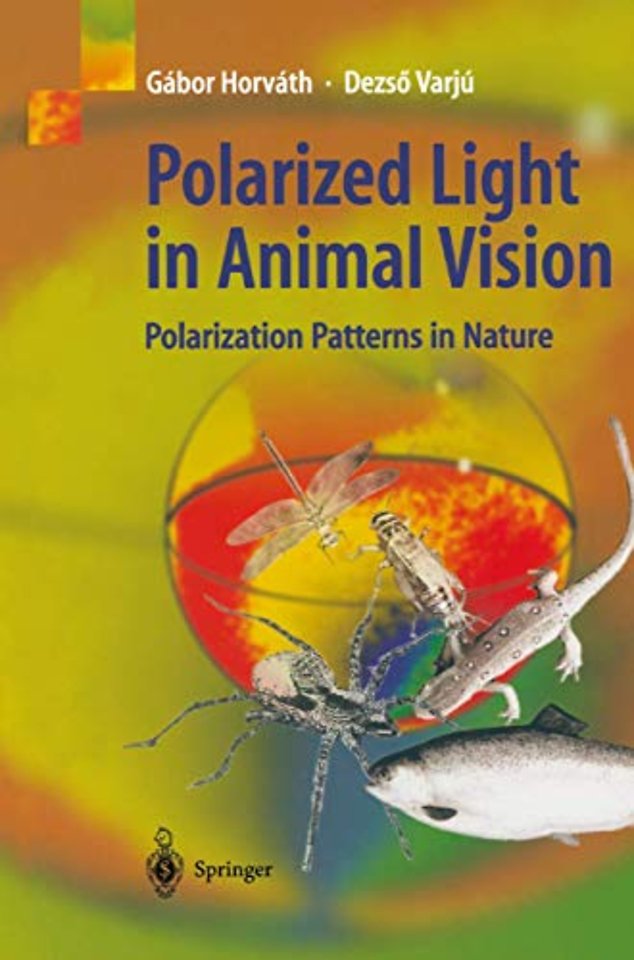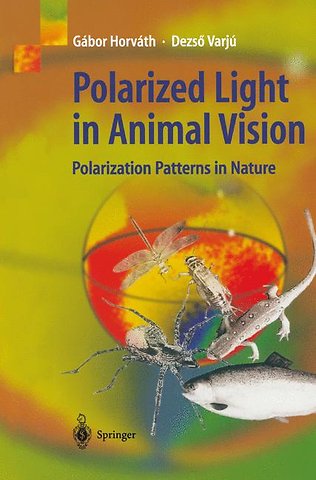Polarized Light in Animal Vision
Polarization Patterns in Nature
Samenvatting
The subject of this volume is two-fold. First, it gathers typical polarization patterns occurring in nature. Second, it surveys the polarization-sensitive ani mals, the physiological mechanisms and biological functions of polarization sensitivity as weIl as the polarization-guided behaviour in animals. The monograph is prepared for biologists, physicists and meteorologists, espe cially for experts of atmospheric optics and animal vision, who wish to under stand and reveal the message hidden in polarization patterns of the optical environment not directly accessible to the human visual system, but measur able by polarimetry and perceived by many animals. Our volume is an attempt to build a bridge between these two physical and biological flelds. In Part I we introduce the reader to the elements of imaging polarimetry. This technique can be efflciently used, e. g. in atmospheric optics, remote sens ing and biology. In Part 11 we deal with typical polarization patterns of the natural optical environment. Sunrise/sunset, clear skies, cloudy skies, moonshine and total solar eclipses all mean quite different illumination conditions, wh ich also affect the spatial distribution and strength of celestial polarization. We pre sent the polarization patterns of the sky and its unpolarized (neutral) points under sunlit, moonlit, clear, cloudy and eclipsed conditions as a function of solar elevation. The polarization pattern of a rainbow is also shown. That part of the spectrum is derived in which perception of skylight polarization is optimal under partly cloudy skies.

